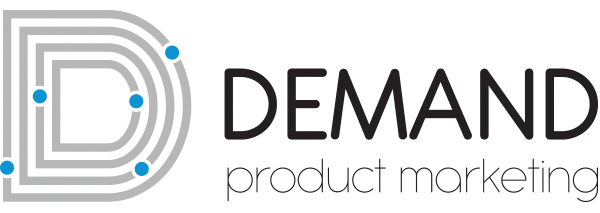Competitive differentiation is the process of distinguishing a product or service from its competitors in the eyes of customers. It involves highlighting unique features, benefits, and value propositions that set the product apart and resonate with target audiences. In the context of SaaS products, competitive differentiation is particularly important due to the crowded and competitive nature of the market.
Tactics for Competitive Differentiation:
Identify Your Unique Value Proposition:
The first step in competitive differentiation is identifying your unique value proposition—the core value that your product delivers to customers that competitors cannot replicate. This could be a specific feature, functionality, or benefit that addresses a key pain point or solves a critical problem for your target audience.
Focus on Customer Experience:
Customer experience plays a crucial role in competitive differentiation for SaaS products. By prioritizing user-friendly design, intuitive navigation, and seamless functionality, you can create a positive and memorable experience for customers that sets your product apart from competitors. Pay attention to every touchpoint in the customer journey, from onboarding to ongoing support, and strive to deliver exceptional experiences at every step.
Emphasize Innovation and Product Development:
Innovation is a powerful driver of competitive differentiation in the SaaS industry. Continuously investing in research and development to enhance your product’s features, capabilities, and performance can give you a competitive advantage and keep your product ahead of the curve. Stay abreast of emerging technologies, market trends, and customer needs, and be proactive in innovating and iterating on your product to stay ahead of competitors.
Target Niche Markets:
Instead of trying to appeal to a broad audience, consider targeting niche markets or verticals where you can deliver specialized value. By focusing on specific industries, use cases, or customer segments, you can tailor your product to meet the unique needs and requirements of those audiences, effectively differentiating yourself from competitors who offer more generic solutions.
Provide Exceptional Customer Support:
Exceptional customer support can be a powerful differentiator for SaaS products. By providing timely, knowledgeable, and responsive support to customers, you can build trust, foster loyalty, and differentiate your product from competitors who offer subpar support experiences. Invest in training your support team, implementing self-service resources, and establishing clear communication channels to ensure that customers receive the assistance they need when they need it.
Demonstrate Thought Leadership:
Thought leadership can help position your SaaS product as a trusted authority in your industry and differentiate it from competitors. Share valuable insights, best practices, and industry trends through blog posts, whitepapers, webinars, and other content channels. By demonstrating your expertise and providing valuable educational resources to your audience, you can build credibility, trust, and brand affinity, setting your product apart from competitors who lack similar thought leadership initiatives.
Differentiate Through Pricing and Packaging:
Pricing and packaging can be powerful levers for competitive differentiation in the SaaS industry. Consider offering flexible pricing plans, tiered packages, or value-based pricing models that cater to the diverse needs and budgets of your target audience. Highlight the unique value and benefits of each pricing tier or package to help customers understand the value proposition and make informed purchasing decisions.
Build Strategic Partnerships:
Strategic partnerships can provide opportunities for differentiation by expanding your product’s reach, capabilities, and value proposition. Collaborate with complementary products, platforms, or service providers to create integrated solutions that offer enhanced functionality and value to customers. By leveraging the strengths and expertise of strategic partners, you can differentiate your product and create new opportunities for growth and innovation.
Monitor and Respond to Competitive Landscape:
Finally, staying vigilant and responsive to changes in the competitive landscape is essential for maintaining a competitive edge. Monitor competitors’ activities, product updates, pricing changes, and customer feedback, and adapt your strategy accordingly. Look for opportunities to capitalize on competitors’ weaknesses or gaps in the market, and continuously iterate and evolve your product to stay ahead of the competition.

